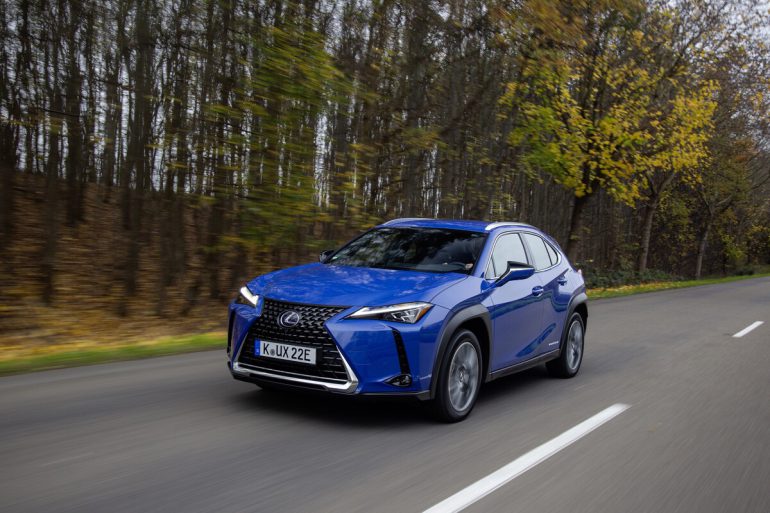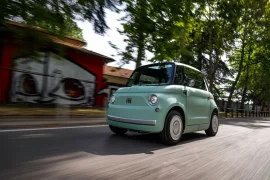Lexus does not sound like luxury for nothing. Since the end of the 1980s, the premium brand of the mass manufacturer Toyota has been fighting the prejudice that no exceptional cars for the haute volée can come from Japan. In the early years, the biggest competitors of the Lexus saloons were the Mercedes-Benz S-Class, the BMW Seven Series and the Audi A8. While the German premium manufacturers’ surcharge lists grew longer and longer, they tried to counteract with rather lavishly equipped models. This was followed by diversification into the upper mid-range, the compact class and finally, the company found its destiny in high-end SUVs. Thanks to the relevant experience of the mother company, these were also brought out as hybrids, later also as PHEVs.
Different from Toyota?
At least when it comes to drive concepts, Toyota’s tradition seems to be broken. While only plug-in hybrids seem to be in the pipeline, Lexus is now debuting the Lexus UX 300e, an all-electric version of the well-known crossover. This also explains quite quickly why the design does not differ from the combustion engine and hybrid variants. The UX 300e is more or less an embarrassment solution, as is currently still favoured by some carmakers.
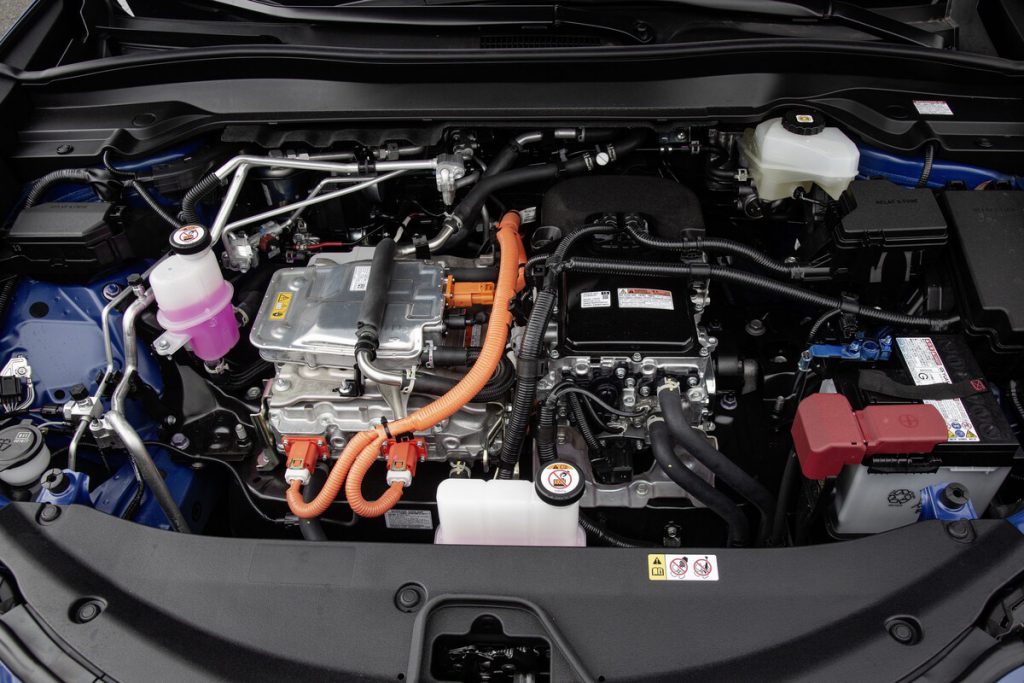
Typical Lexus: the high-quality finish
Lexus is known for its high quality workmanship, excellent materials and noise comfort that is indispensable in the luxury class. The UX 300e is no different. Of course, one can argue about the design of the crossover, the snout with the gigantic radiator grille is not at all “electric car-like”. This is partly due to the UX family and partly, of course, to the era from which the design originates. Lexus points out that although the UX 300e is the first of its kind, the electrified model range will be successively expanded. One can be curious.
High-quality interior with old-fashioned look
No experiments are to be expected in the interior design either. For those who like cool, matter-of-fact, Nordic design, the Lexus UX 300e may seem cluttered. Countless switch batteries and a jagged cockpit initially puzzle first-time users. The design seems to be from the last century and is likely to appeal more to people who value a traditional “combustion engine feeling”, at least in the interior. The centre console does have cup holders, but they are positioned rather awkwardly. The navigation screen also seems strangely old-fashioned and small. However, the high-quality materials make up for this.
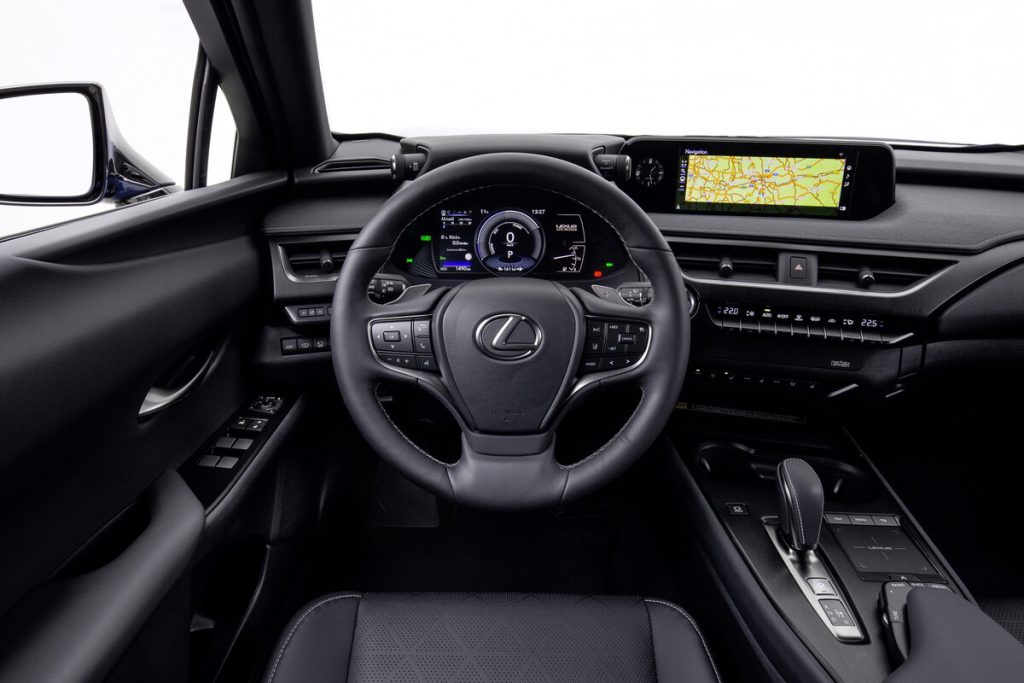
Designed for urban traffic
The Japanese crossover is not designed for the long haul, but has been optimised for “city traffic” and thus an “urban audience”, according to the info sheet. It seems a little strange, then, when the outstanding performance data are put in the foreground. The car has a 204-hp electric motor that guarantees “natural and direct acceleration”. With four recuperation levels, selectable via shift paddles on the steering wheel, as well as the driving modes Normal, Sport and ECO, the UX 300e is at the cutting edge.
The engine is supplied with energy by a heatable and coolable 54-kWh high-performance battery (52 kWh net), which is placed under the vehicle floor. According to the outdated NEDC standard, this should be enough for a range of 400 kilometres. The range forecast of „ev-database.de“ gives more realistic values. The combined ranges are estimated to be between 230 and 310 kilometres.
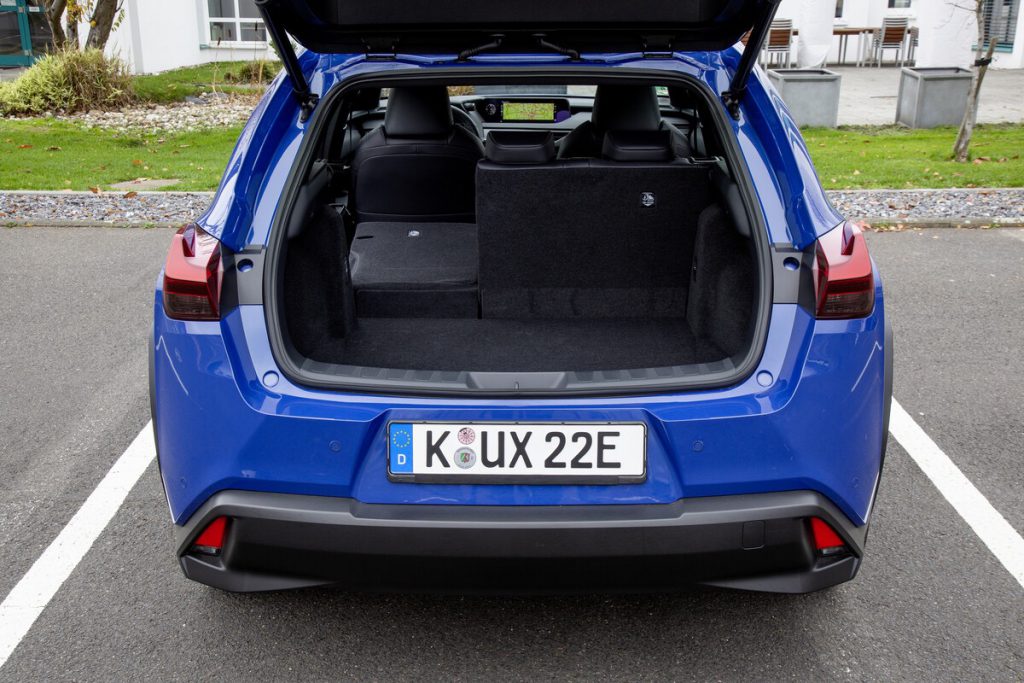
No range star
This means that the Lexus UX 300e is not necessarily suitable for long distances. In contrast to the German premium electric cars, the top speed is limited to 160 km/h, and the compact SUV, which weighs at least 1,850 kg, accelerates from 0 to 100 km/h in 7.5 seconds. According to the company, consumption is between 17.1 and 16.8 kWh, which we definitely doubt. The maximum charging power of 50 kW DC also fits in with this. Here, a charging speed of around 57 minutes for 190 more kilometres is possible. Disadvantage: the Lexus does not come with the CCS Combo 2, which is now based on the European standard, but still uses the CHAdeMO standard favoured in Japan. With 6.6 kW at the wallbox, no miracle times can be expected for AC charging either. However, the premium car is usually recharged overnight. Interesting: there are two connections at the rear on the left and right. On one side is the AC connection, on the other the DC connection.
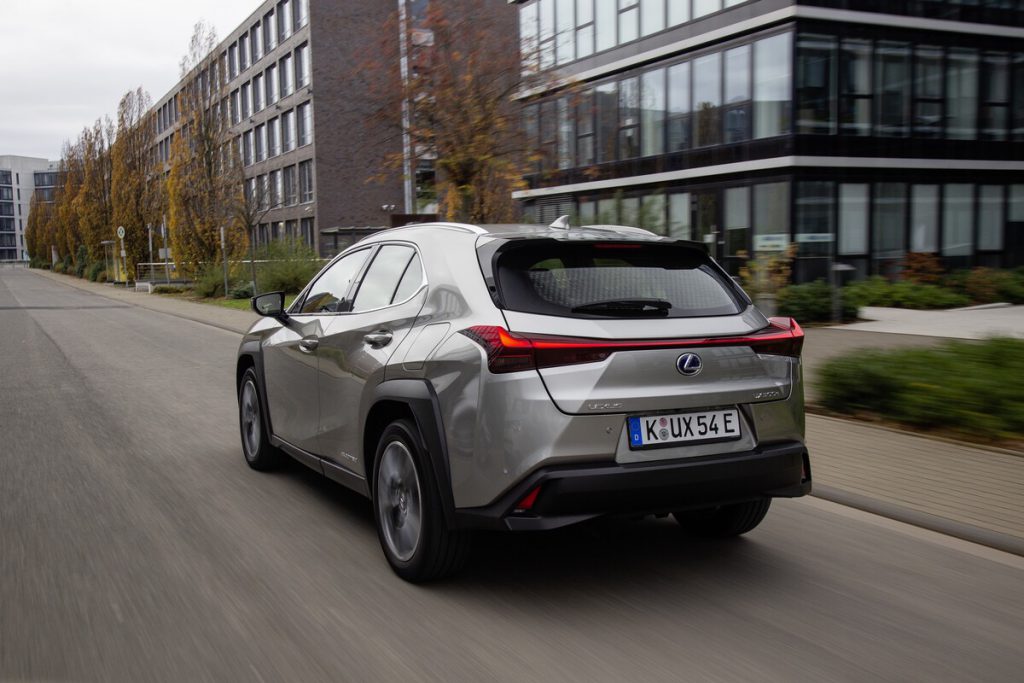
Battery with 1 million kilometre guarantee
What is truly exceptional, however, is the extended battery warranty. Lexus states that they offer an extended warranty of up to 10 years or 1 million kilometres. It covers all functional as well as capacity faults below 70 per cent. The warranty of 160,000 kilometres or 8 years is standard, according to the company. This should allay many potential buyers’ fears of exorbitant repair bills due to a defective battery. This guarantee should also have a positive effect on second-hand prices.
Prices and equipment
In its basic version, the Lexus UX 300e costs 47,550 euros (including 19 % VAT), which means that after deducting government subsidies, the car can be had for less than 40,000 euros. If you want a rear camera, a parking assistant with sensors, rain sensor and aluminium roof rails, you have to pay 2,350 euros extra for the comfort package. Leather upholstery Smart Key, steering wheel heating and charging cradle for wireless charging for smartphones etc. demand 4,300 euros extra for the Executive package. The Luxury Package costs 5,600 euros, for example, with Mark Levinson audio system, premium navigation system, head-up display, blind spot warning system and so on. Surcharges for a sliding glass sunroof and metallic paint round off the surcharge list.
Conclusion:
The electric Lexus leaves an ambivalent impression. The car is not cheap, which was ultimately not expected. After all, we are talking about the premium class. On the positive side, Lexus did not enter into a range competition – which was hopeless anyway – with the UX 300e, which was originally designed as a combustion engine, and chose a reasonable, comparatively small battery size accordingly. However, we do not understand why a model whose dimensions (4.495 m in length and 1.840 m in width) do not fit in at all with the propagated urban use was chosen for the E-premiere. The CHAdeMO fast-charging standard is hardly used in Europe any more, even the Japanese manufacturers Nissan with the new Ariya or Honda with its “e” electric vehicle rely on the CCS Combo 2 system, which is now widely used.
We believe that the first electric Lexus will not have an easy time establishing itself in a niche on the electricity market in this country. Nevertheless, the 200 units targeted for the local market could be within the realm of possibility. After all, there are also some EV customers who value something special.
Text: Bernd Maier-Leppla/Peter Grett
Pictures: Lexus

